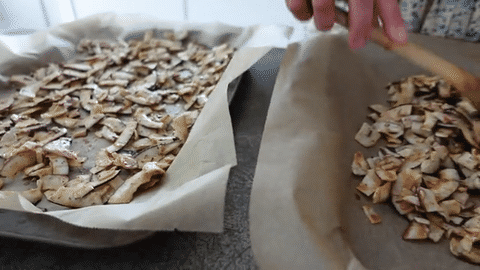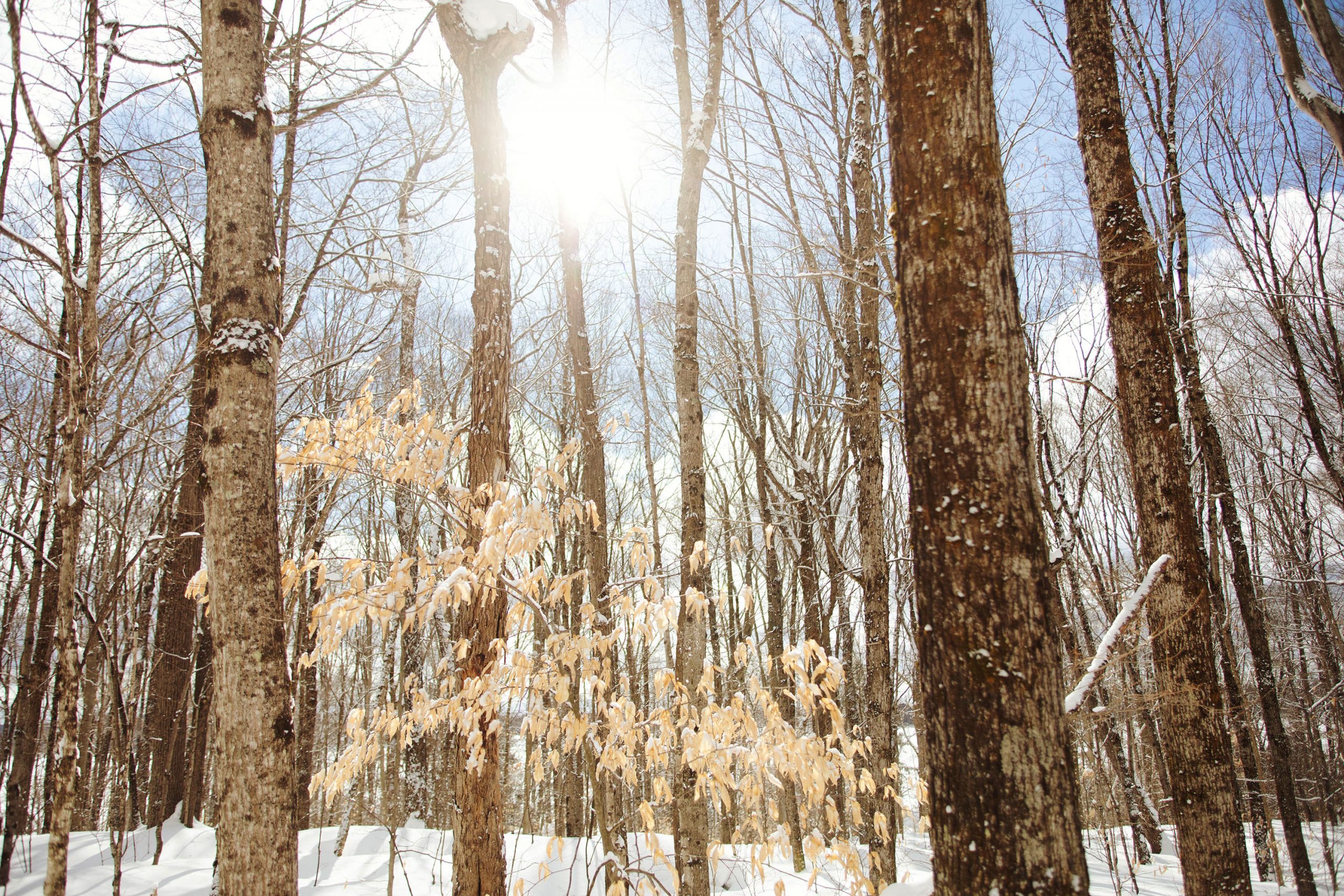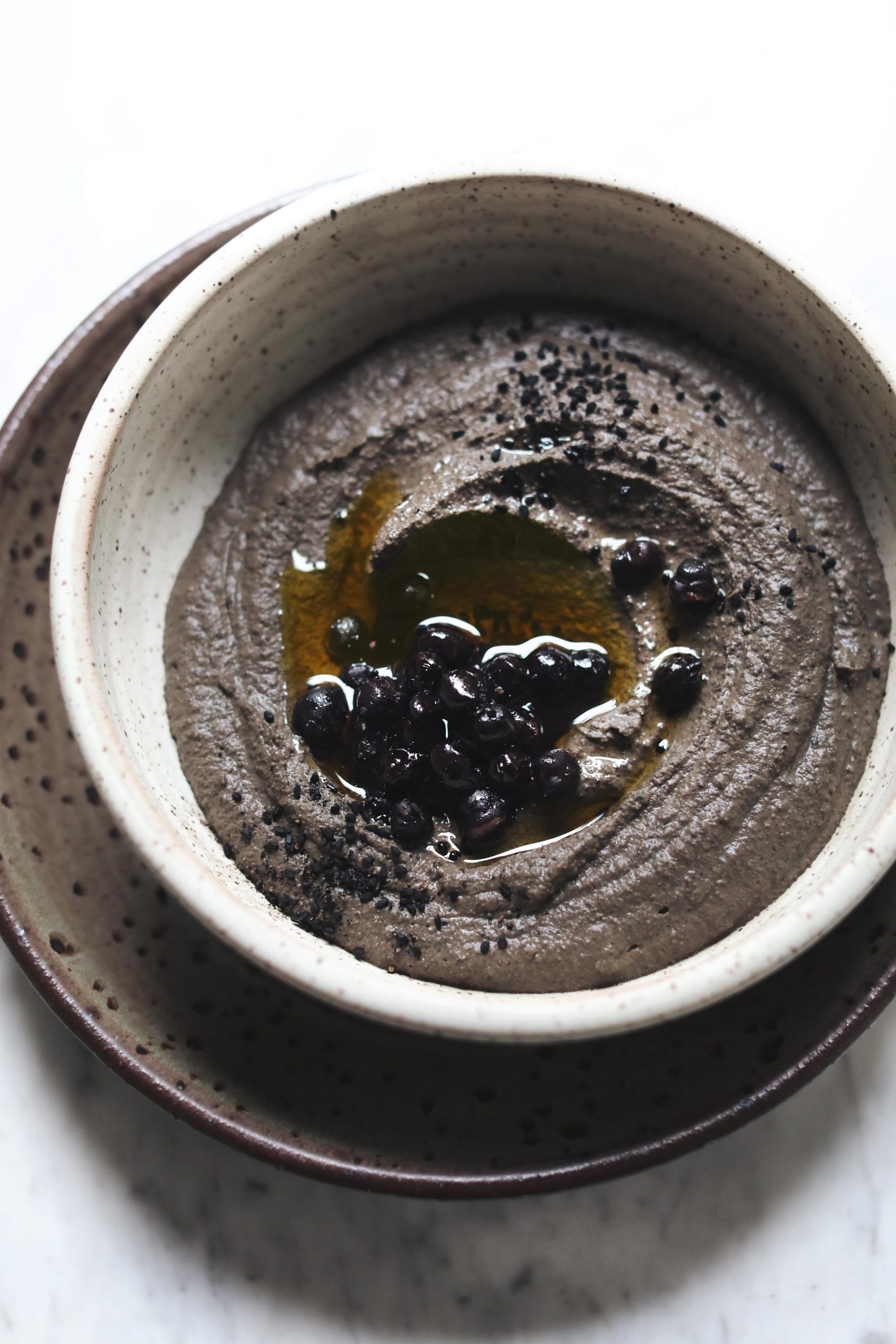Ghee, or clarified butter, is something that lives on my counter all year long awaiting it’s turn to hop into a pot, dance atop a piece of toast, or melt onto roasted veggies, grains, or legumes. Making your own ghee every few weeks is inexpensive and the reward is great. For something new and different, try making flavoured ghee too!

To access the videos and podcasts, please upgrade your membership
Ghee has been used in Indian Ayurvedic cooking for centuries, not only as a totally delicious food, but as an aid for digestion, ulcers, constipation, and the promotion of healthy eyes and skin. It is used in Indian beauty creams to help soften skin, and as a topical for the treatment of burns and blisters, which really works! If you have been intimidated to try it out at home, hopefully this video helps!
Ghee is similar clarified butter, but with a couple distinct differences. Clarified butter is made by heating butter and removing the milk solids, which have risen to the top of the pot. Ghee is made by heating unsalted butter for a longer length of time until all the water has boiled off and the proteins (casein) and sugars (lactose) sink to the bottom of the pot, leaving the pure butterfat. Ghee is the pure extraction of oil from butter.
Did I mention that is insanely delicious? Think of that warm, caramel-y taste in a shortbread cookie, or a flaky croissant. Ghee is similar to butter, but you will be pleasantly surprised that it is even richer-tasting, nutty, and deeply satisfying. Whether you’re spreading a little on toast, or drizzling some over veggies you’re taste buds will be happy with much less because it is just so darn flavourful.
The reason ghee is considered one of the best oils for sautéing, roasting, and deep-frying is due to its high smoke point (up to 480ºF / 250°C). Olive oil’s smoke point is relatively low at 320°F / 160°C. As soon as any fat reaches its smoke point, it begins to break down and create free radicals – those horrendous, carcinogenic, unstable molecules that damage cells and cell membranes, and are associated with the development of conditions like atherosclerosis and cancer. Butter burns at a lower temperature because of the presence of casein and lactose. Once removed, butterfat’s smoke point increases substantially. The other benefit of this is that people who are allergic to dairy products, or have casein or lactose intolerance can often tolerate ghee.
Extra virgin olive oil’s low smoke point (320ºF) means that is not suitable for stir-frying, sautéing, or any other high-heat cooking. Pour it all over your salads for sure, but stop using it to cook today. Seriously. There are other grades of olive oil (virgin, pure, pomace, light, refined) that are of lesser nutritional value that can be used for higher heat cooking because they have a lower concentration of fragile nutritive components.
So, back to ghee. Depending on the source of the butter used, ghee can be very high in antioxidants, in additions to helping the body absorb vitamins and minerals from other foods, namely vitamins A, D, E, and K.
Ghee has a very long shelf life because of its low moisture content. You do not need to refrigerate it for 2-3 months if you keep it in an airtight container. This makes it ideal for traveling or camping When kept in refrigerator, ghee can last up to a year.
Of course you can find ghee at most health food stores, but making it yourself at home is about as easy as boiling water. Plus, when you make it yourself, you can choose the quality of the butter. Remember that organic, grass-fed cows are the healthiest cows and make the tastiest ghee.
How to make Ghee
Ingredients
- 4 sticks / 500g organic, unsalted butter
Directions
- Heat the unsalted butter in a heavy-duty saucepan over low-medium heat without a lid until it’s melted. Let simmer gently until the foam rises to the top of the melted butter. The butter will make lots of spluttering sounds and perhaps splatter a bit, so be careful.
- Over the next 20-30 minutes (depending on the water content of your butter),watch the butter carefully as 3 layers develop: a foamy top layer, a liquid butterfat layer, a milk solids bottom layer. You can remove the foamy top layer with a spoon if you like, which helps to see trough to the bottom, but this is optional – it will be strained out in the end anyway.
- Once the butter stops spluttering, and no more foam seems to be rising to the surface, check to see if the bottom layer has turned a golden brown colour. If so, the ghee is ready and must be removed from the heat immediately or it will burn.
- Set a few layers of cheesecloth or gauze over a sterilized, heatproof container, such as a canning jar. Carefully pour the warm liquid butter through the cheesecloth into the container, leaving behind any solids from the bottom of the pan. Let sit at room temperature to cool and solidify before placing an airtight lid on the container. Store in the fridge for 1 year or, out of the fridge for 2-3 months.



